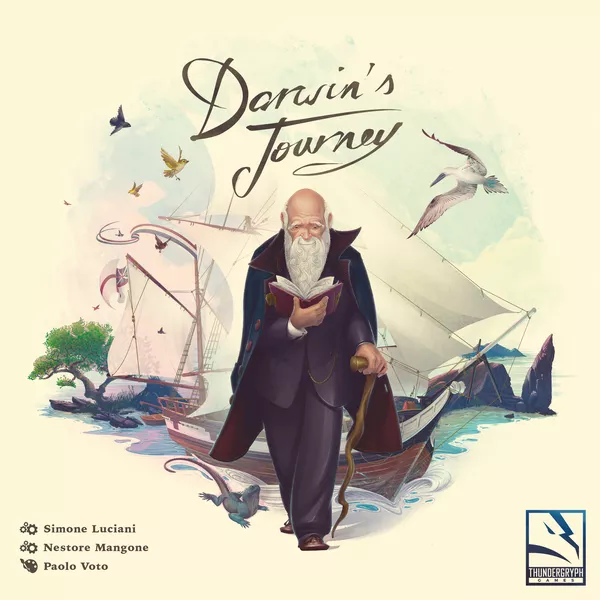
Today we’re diving into Darwin’s Journey. This is a highly anticipated board game designed by Simone Luciani & Nestore Mangone, & published by ThunderGryph Games. It’s gained quite a bit of attention in the gaming community, especially among fans of complex strategy games. We’re going to break it down – what it is, what’s good, what’s bad, & if it’s worth picking up. Let’s get into it.
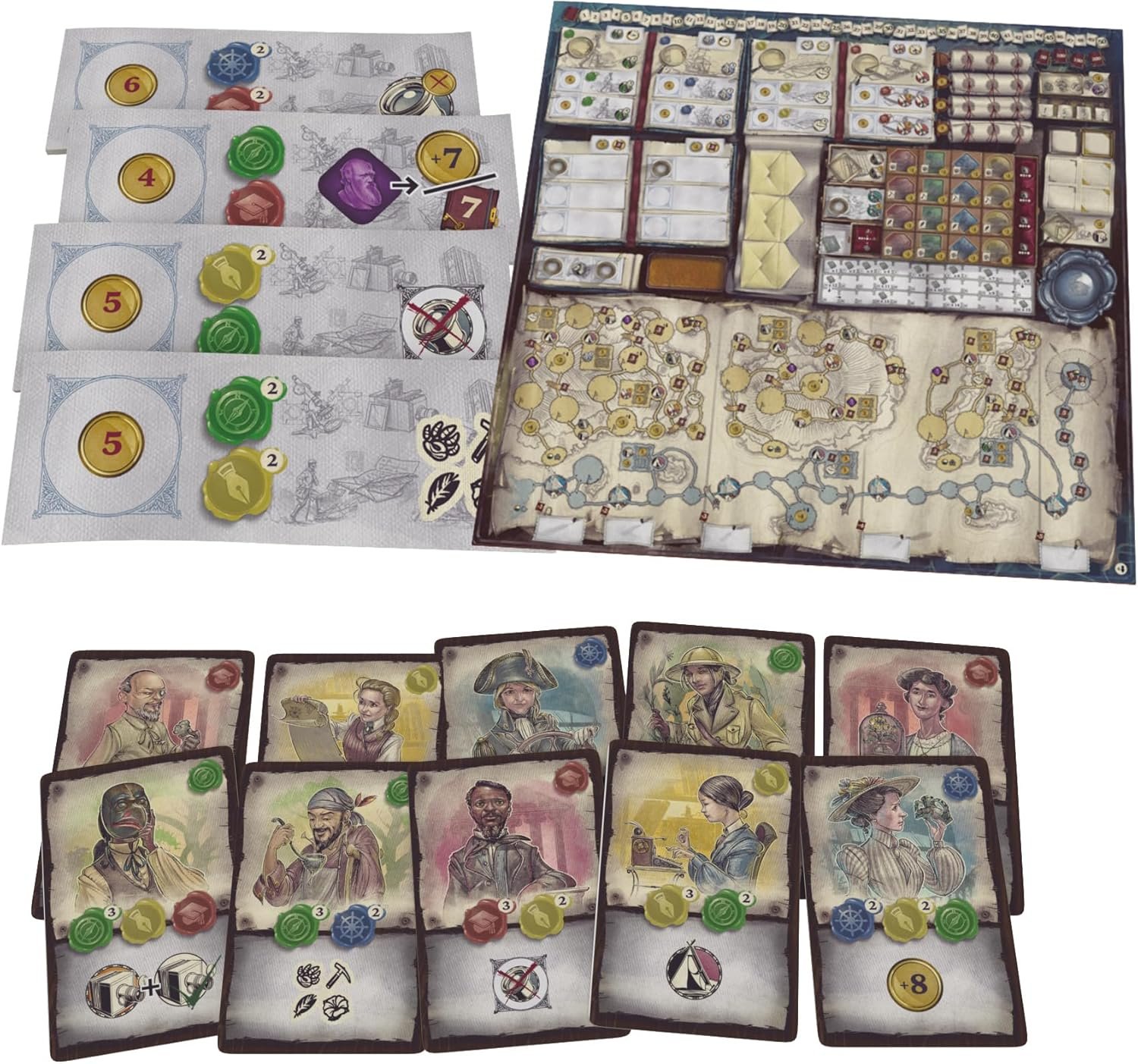
What It Is
Darwin’s Journey is a thematic worker-placement game set during Charles Darwin’s historic expedition to the Galapagos Islands. In this game, players take on the roles of scientists competing to make the biggest scientific discoveries by exploring islands, collecting animal specimens, & advancing theories. Over five rounds, you’ll be strategizing to make the most of your resources, your unique worker specializations, & your moves across different game tracks. With the evolution of science as its core theme, the game beautifully weaves elements of Darwin’s discoveries into its mechanics, immersing players in the pursuit of knowledge & exploration.
Check Out These Recent Board Game Sales
- Board Game Sale: Disney Villainous 25% Off!
- Board Game Sale: Marvel: Crisis Protocol Core Set 30% Off!
- Board Game Sale: 7 Wonders Available for 17% Off!
Gameplay Overview
Darwin’s Journey accommodates up to four players & includes a solo mode for a more solitary experience. The gameplay, lasting around two hours, revolves around worker placement mechanics where players assign workers to various locations, aiming to unlock bonuses & perform actions. Through careful resource allocation & strategic planning, players can increase their effectiveness by earning seals that empower their workers.
The adventure begins as players advance their ships across the ocean, aiming to reach remote islands. Here, explorers are dispatched to investigate specimens, establish encampments, & bring findings back to the museum. To succeed, players must achieve objectives on tiles & crew cards, progressing toward a deeper understanding of Darwin’s theory of evolution. Navigation is essential, as it enables players to strategically position their explorers, maximizing their chance to discover valuable specimens & resources.
Setting up Darwin’s Journey is a detailed process that involves positioning a central game board suited to the player count. Various action tiles are shuffled & placed face-up in specific areas, while neutral lens tokens are arranged according to the setup instructions. Objective tiles, divided into gold & silver stacks, are prepared alongside initial objective tokens. The museum template, a key aspect of gameplay, is also replicated using museum tiles, adding another layer of strategy as players plan their approach.
Each player selects a unique color & gathers their components, including personal boards, scoring markers, evolution trackers, workers, tents, & resources essential to gameplay. At the beginning, players draft crew cards, which allow them to customize their strategies with unique abilities or bonuses tailored to different objectives. These crew cards introduce variety, enabling players to experiment with different tactics & paths to victory.
The game unfolds over five rounds, each split into four phases: action, turnover, reward, & cleanup. During the action phase, players take turns placing workers on action spaces, triggering various effects. Some spaces accommodate multiple workers, while others require specific lenses to activate. Notably, placing a worker in an occupied section incurs a coin penalty, adding a layer of risk to each decision. The lens spaces, accessible to all players, provide benefits but require a lens token for activation, pushing players to plan carefully.
In addition to action placement, each worker has a row for seals, enhancing their abilities when performing specific tasks. Core actions include exploration, which moves explorers across the islands, & navigation, which advances ships across the seas. Both actions grant immediate rewards & are integral to each player’s overarching strategy, contributing to their resource pool & progress.
As the rounds progress, advanced actions become available, often requiring specific seals or lenses. These more powerful moves provide greater rewards but demand keen resource management & strategic foresight. Bonuses for exploration & navigation also increase over time, allowing players to accrue benefits that influence their actions in future rounds. This combination of basic & advanced actions keeps gameplay dynamic & strategic.
In the final scoring phase, players tally their victory points based on completed objectives, museum achievements, evolutionary progress, & overall resource management. The interaction between worker placement & resource allocation creates a complex, strategic experience that requires thoughtful planning & adaptability to win.
Darwin’s Journey offers high replayability due to the game’s variability. With a rotating pool of crew cards, objective tiles, & evolving strategies driven by player interactions, no two sessions are quite the same. Combining historical themes with immersive mechanics, the game provides players with the chance to explore Darwin’s legacy while delving into the challenges of scientific discovery. Each decision in Darwin’s Journey carries significant weight, ensuring that players are continuously engaged in this captivating journey toward enlightenment & victory.
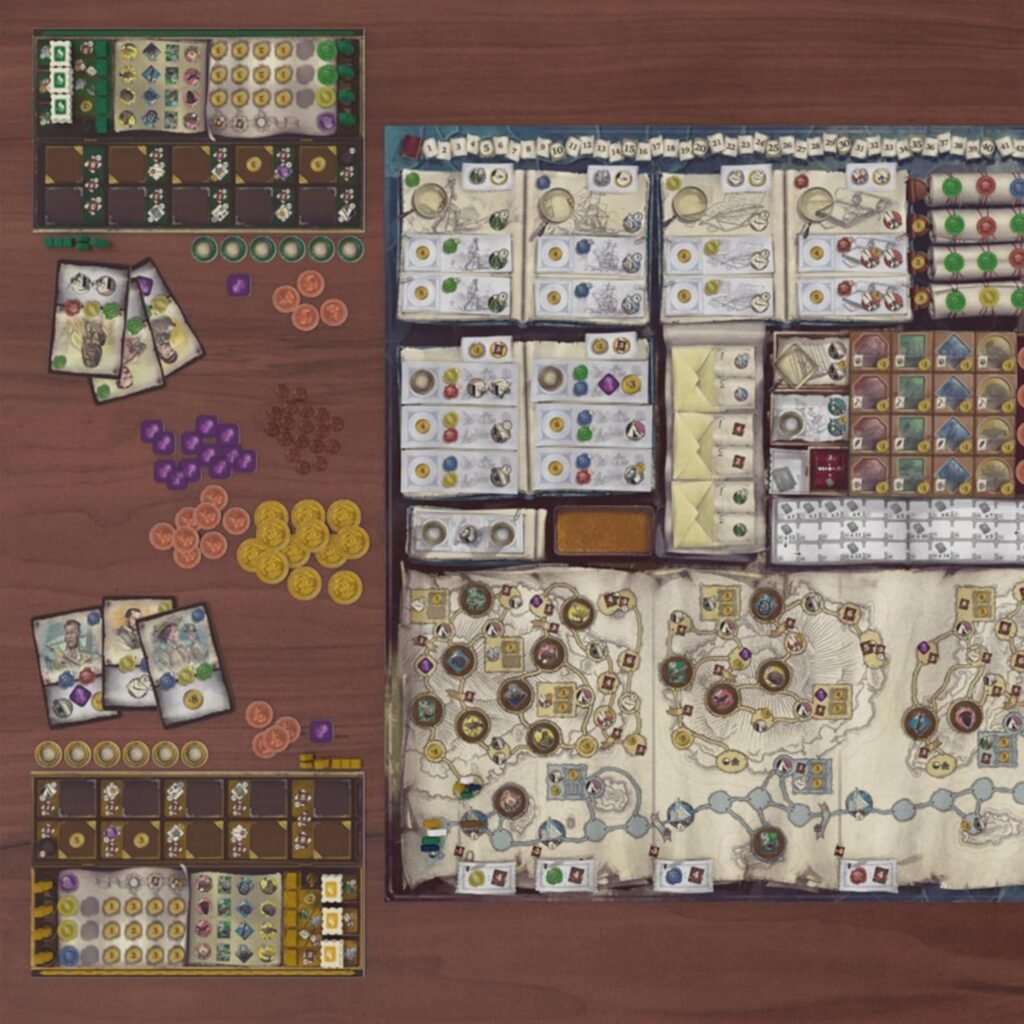
The Components
The game’s components are nothing short of impressive. Especially in the collector’s edition, Darwin’s Journey features high-quality materials, from metal seals to a large, detailed board that really captures the scale of Darwin’s expedition. The color scheme leans heavily into brown tones to emphasize the theme, though this can make the visuals a bit dull for some players. Unfortunately, the game includes only one player aid, which can be frustrating for a game of this complexity. Additionally, while the randomized setup offers strong replayability, the initial setup can feel overwhelming, particularly for first-time players.
The Good
Darwin’s Journey excels in combining theme & mechanics. The worker specialization system adds a distinct & satisfying twist to worker placement, letting players feel as though they’re tailoring their scientists’ skills to match the various demands of the expedition. The exploration of the islands, along with the ship movement & area control elements, offers multiple paths to victory & keeps the game engaging. The interconnected mechanics mean each decision cascades into multiple benefits, giving you a sense of growth as you progress through the game.
The game’s thematic depth is truly immersive, connecting gameplay to Darwin’s journey of scientific discovery. The thematic integration shines particularly in the specimen collection & Theory of Evolution track, which cleverly tie into Darwin’s real-life contributions to science. For those who enjoy a deeper strategic challenge, the game’s variable setup & interlocking mechanisms create a fresh puzzle every time, ensuring replayability & a high level of engagement for dedicated strategy gamers.

The Bad
On the flip side, the game’s complexity & depth may be overwhelming for some players, especially those new to heavier Euro games. The abundance of iconography, the intricate mechanics, & the single player aid sheet add up to a steep learning curve. It can be a lot to take in, & for groups that prefer faster-paced games, the analysis paralysis this game sometimes induces could slow things down considerably.
Moreover, the tight starting positions can feel restrictive, forcing players to compete over limited resources & action spaces early on, which may frustrate some players. While the variability of strategies is a plus, it can sometimes leave players wondering if certain paths are more optimal than others. The complexity of setup can also be a deterrent, as players spend time analyzing the initial board state before making their first moves, which can cause the game to feel slow at the beginning.
The Verdict
Darwin’s Journey is an incredibly rewarding game for those willing to invest the time to master its complex systems. It has a unique worker specialization mechanic that elevates the standard worker-placement experience, adding layers of strategic depth & decision-making. Its thematic elements are well thought out, bringing Darwin’s journey to life & creating an immersive experience that goes beyond simple point scoring. For strategy enthusiasts who enjoy a hefty challenge & a game that prioritizes long-term planning, this title will likely stand out in their collection.
That said, the game’s high level of complexity & long playtimes make it less accessible to more casual players or those looking for a quick game night option. The lack of player aids & the analysis paralysis potential may also detract from the experience for some. However, if you’re a fan of intricate, immersive Euro games with historical themes, Darwin’s Journey is a solid investment. Its unique approach to worker placement & thematic integration offer something fresh in the crowded worker-placement genre.
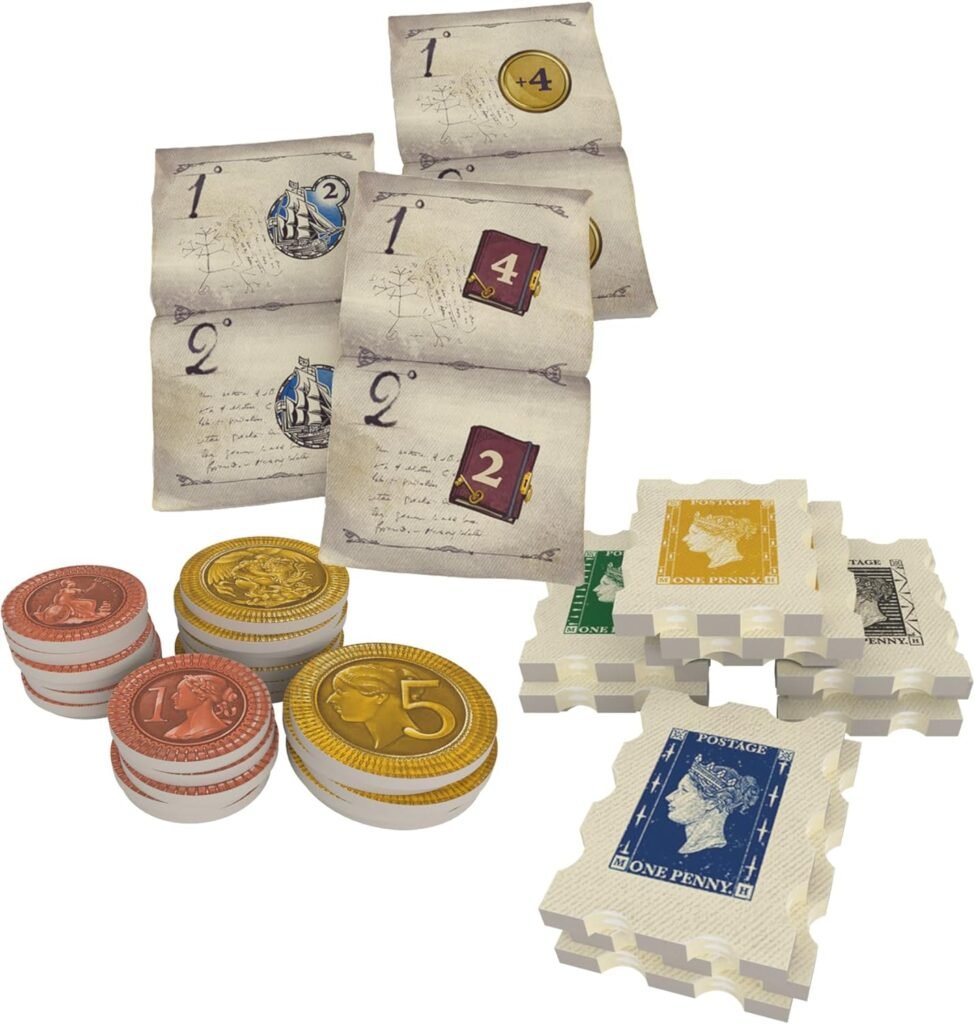
Final Thoughts
Darwin’s Journey turned out to be one of those games that really pulls you in if you’re into deeper, strategic board games. It takes a familiar worker placement mechanic & does something fresh by letting you upgrade your workers with specializations, which adds a lot of flexibility & decision-making to each turn. The theme shines through too—playing as a scientist on an expedition actually feels connected to the historical spirit of exploration & discovery, which is a nice change in a genre that can sometimes feel all about points & efficiency.
One thing I really enjoyed was how the game encourages you to choose your own path. Between exploring islands, collecting specimens, sailing ships, & trying to get the best stamps, there are several ways to go after victory, & each feels like it’s part of a bigger adventure. You can dive deep into one strategy or keep things balanced, & either approach can work out, which kept the game feeling flexible & made each playthrough unique.
That said, it’s definitely not a light game by any stretch. The setup alone, with so many moving parts & bits to place, takes some time, & the icon-heavy design can feel overwhelming at first, especially for new players. This isn’t helped by the fact that there’s only one player aid, so we found ourselves passing it around or checking the rulebook more than I’d like in a game of this complexity. Once you get the hang of things, though, these details do start to fade into the background, & you can just focus on building your strategy.
The game’s complexity has another side to it, too. It’s easy to slip into some analysis paralysis because there’s always a lot to consider on any given turn. & with all the interlocking mechanics, actions can have cascading effects that sometimes slow the game down. If you’re playing with a group that enjoys taking their time to optimize, this isn’t a big issue, but it’s something to keep in mind if your group prefers faster, lighter games.
On the production side, I was impressed. The collector’s edition really goes the extra mile with upgraded components like metal seals, & even the standard version is nicely done. The board & pieces are all high-quality, although the brown-heavy color scheme might feel a bit bland to some people. But overall, the look & feel are fitting for a game about a scientific expedition in the 1800s.
In the end, Darwin’s Journey offers a rewarding, if demanding, experience. For anyone who enjoys digging into complex, interconnected games, it’s a well-designed challenge that’s worth the time it takes to learn. It’s not something I’d break out every game night, but when I’m in the mood for a longer, thinkier game with solid thematic touches, it hits the mark.
Purchase Options

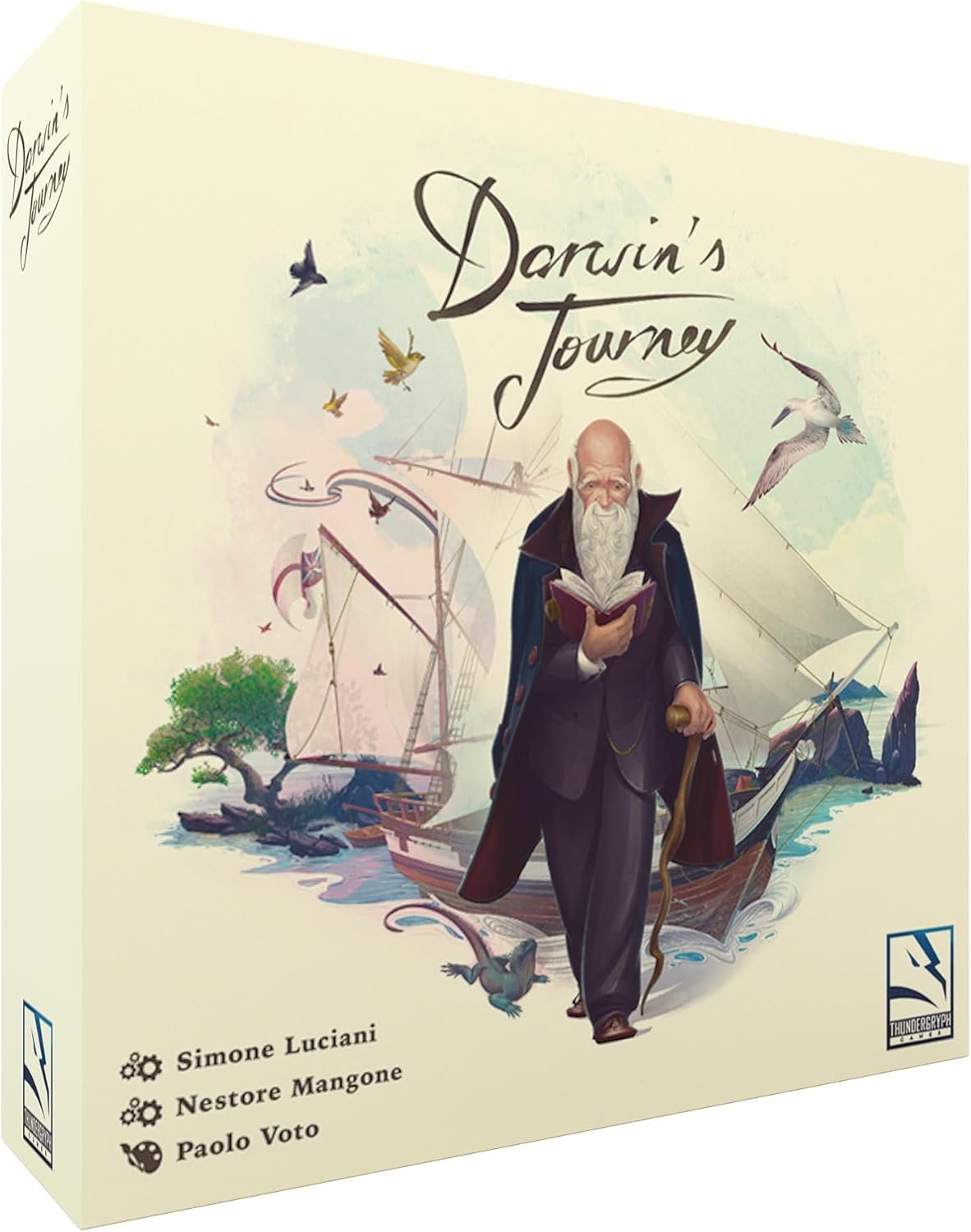
At no extra cost to you, The Board Game Site may receive revenue from affiliate and advertising partnerships for sharing this content and from purchases through links.








